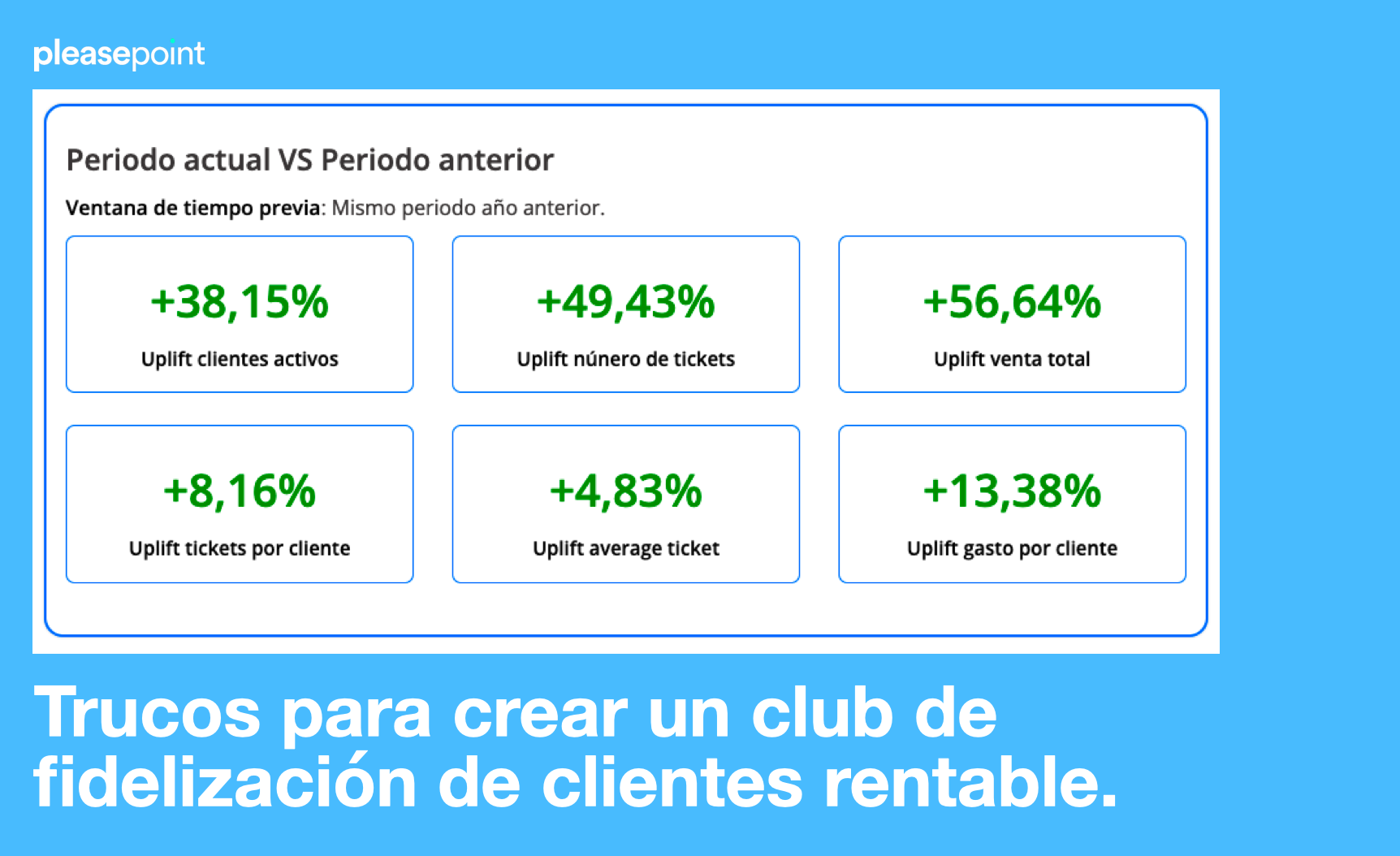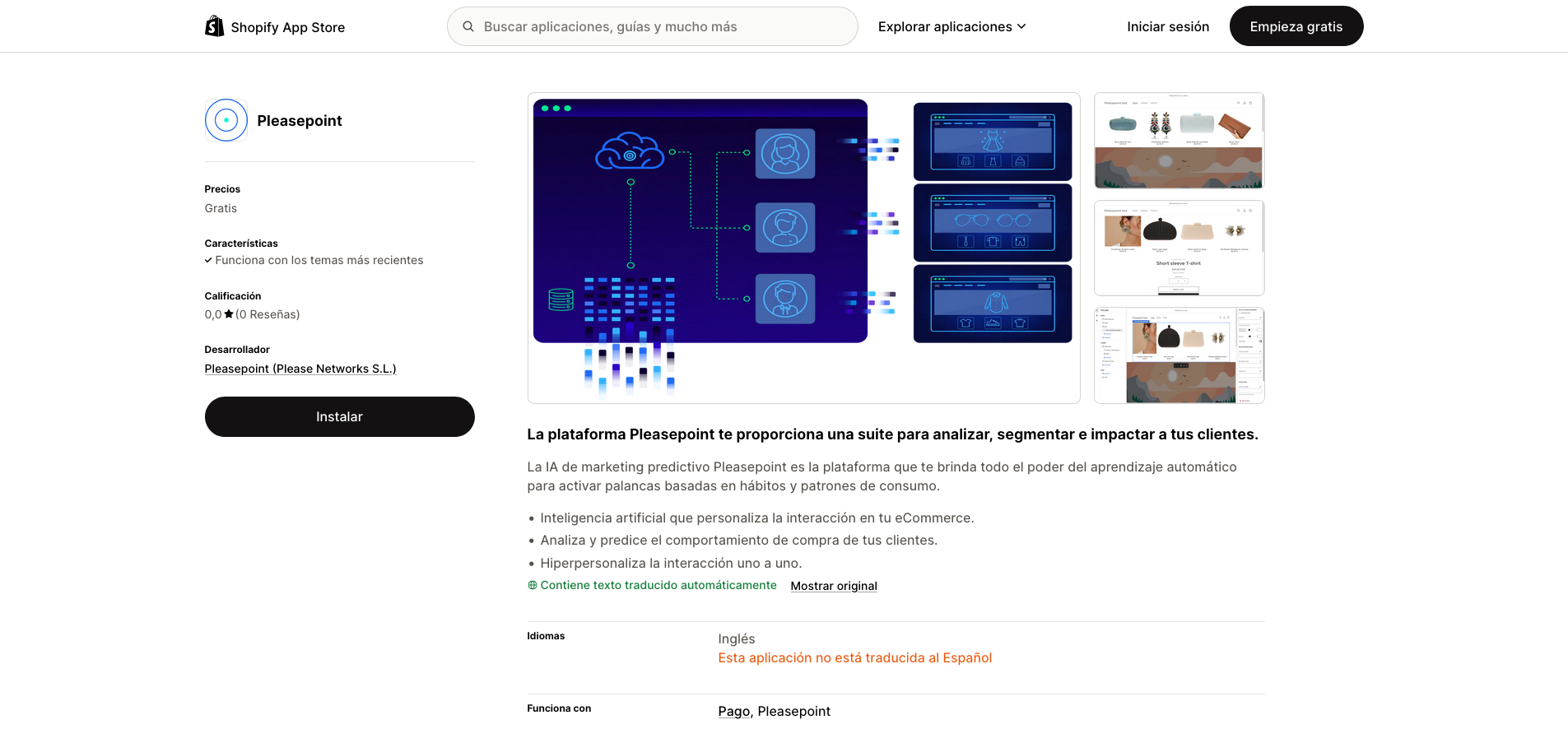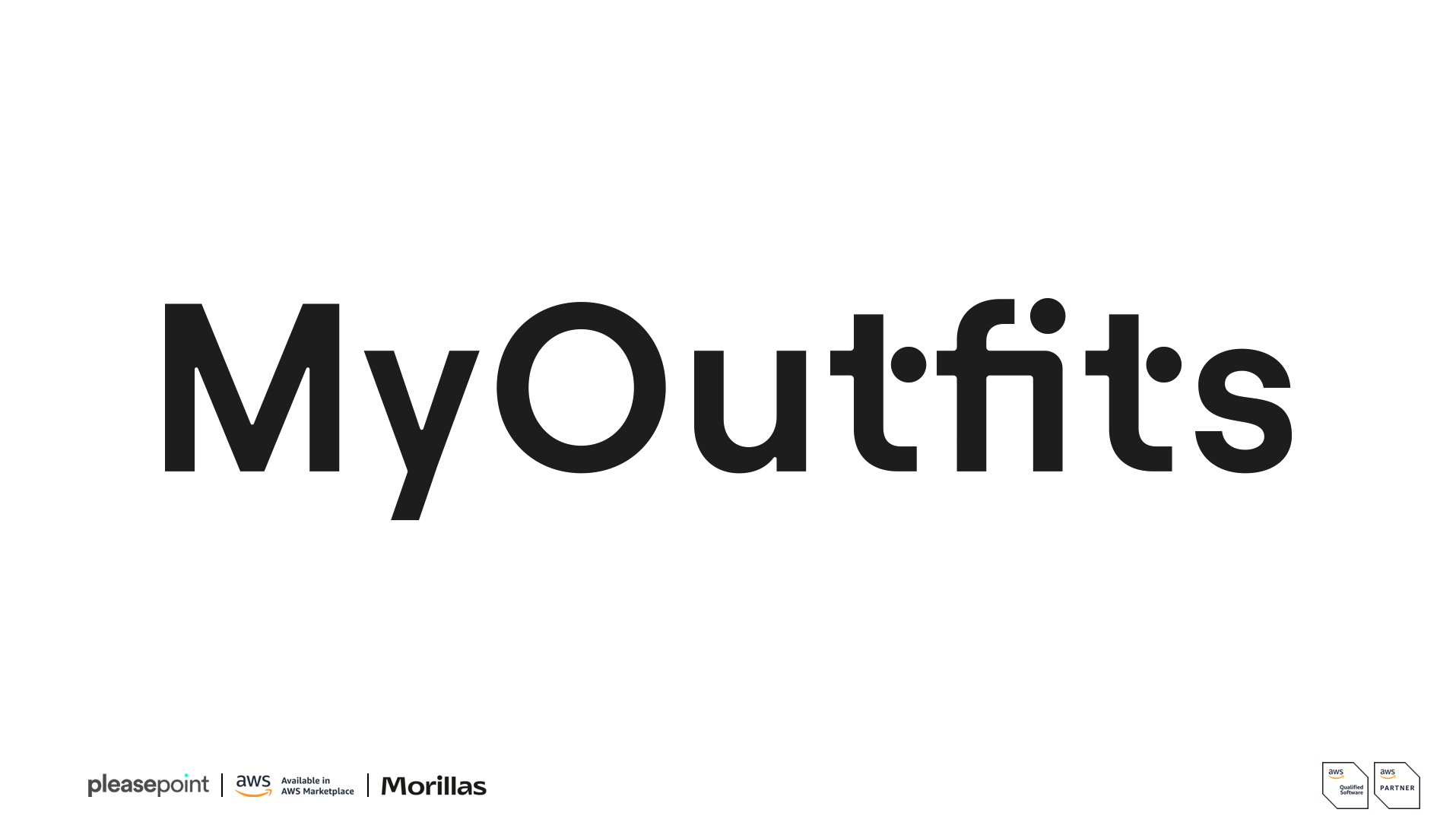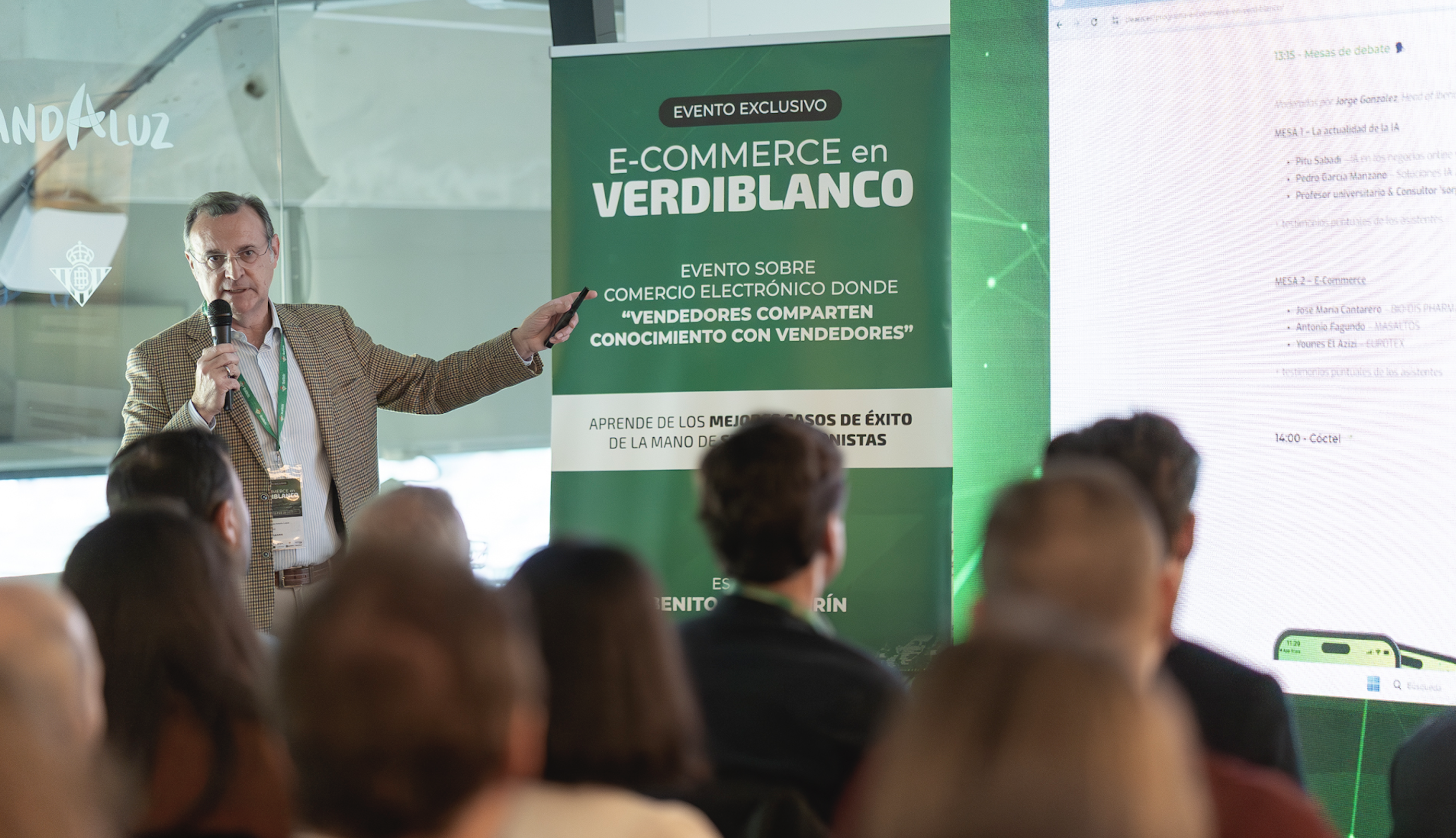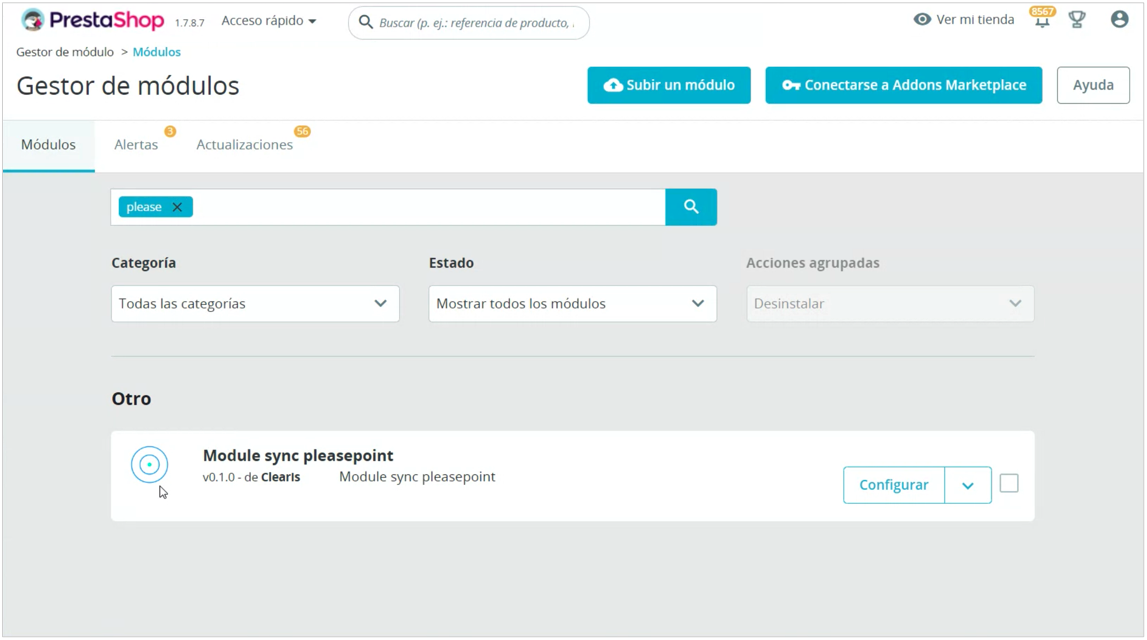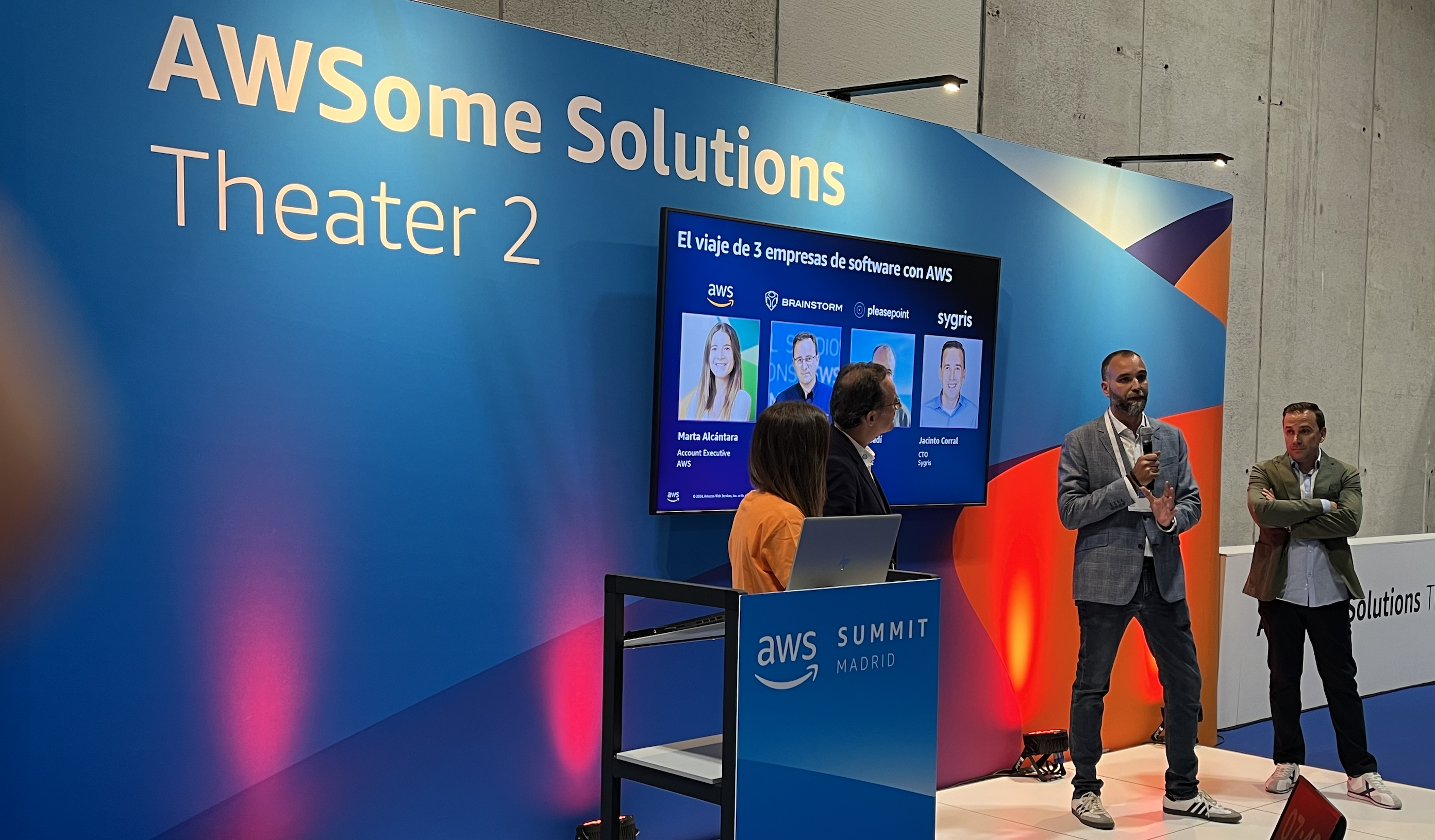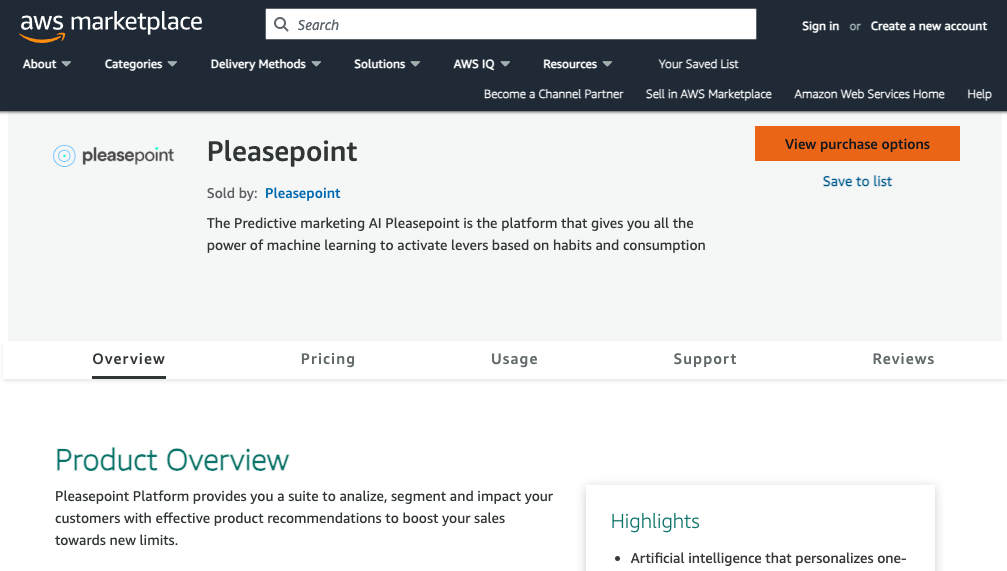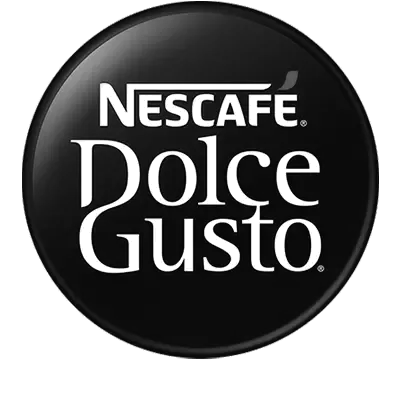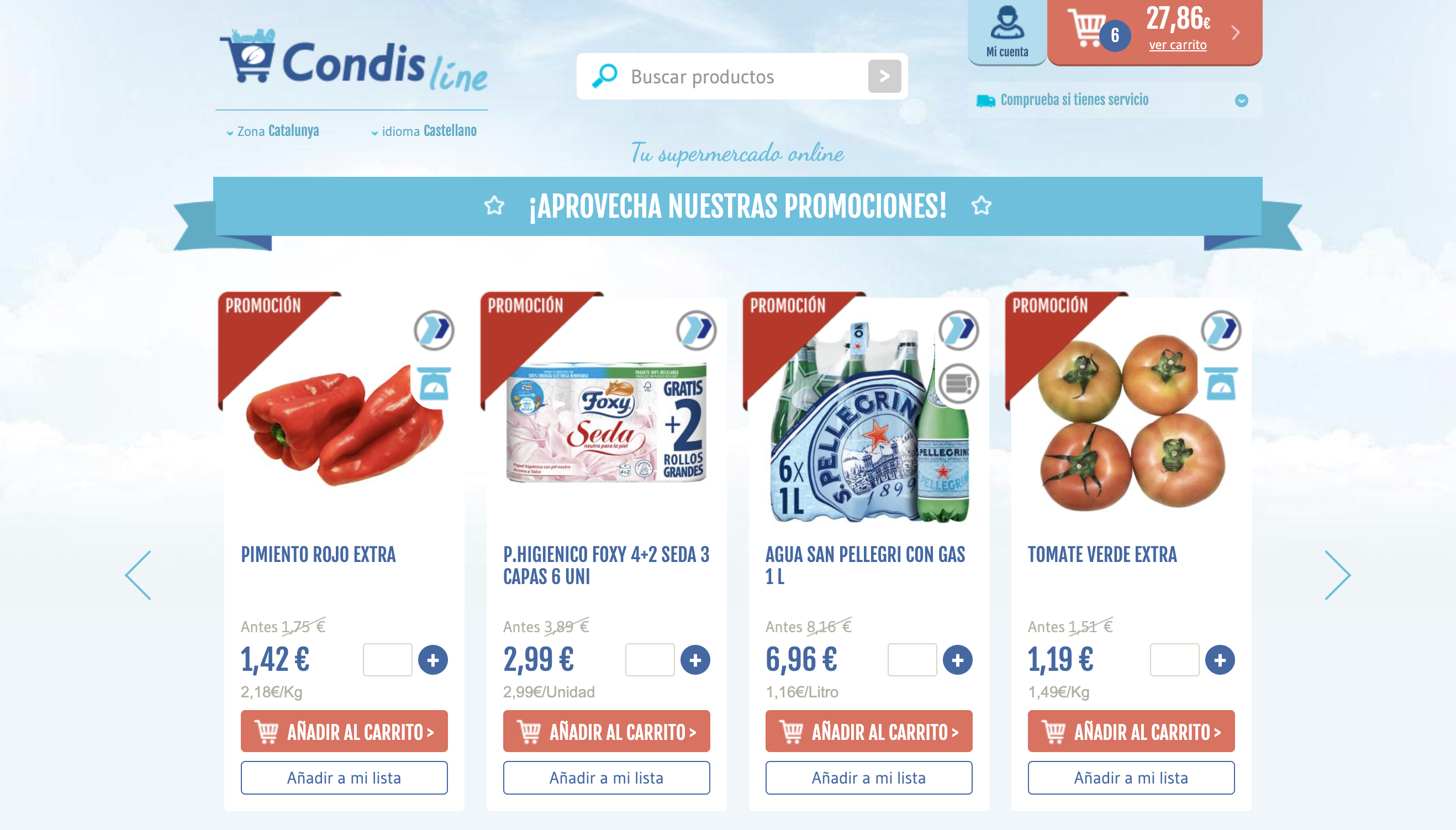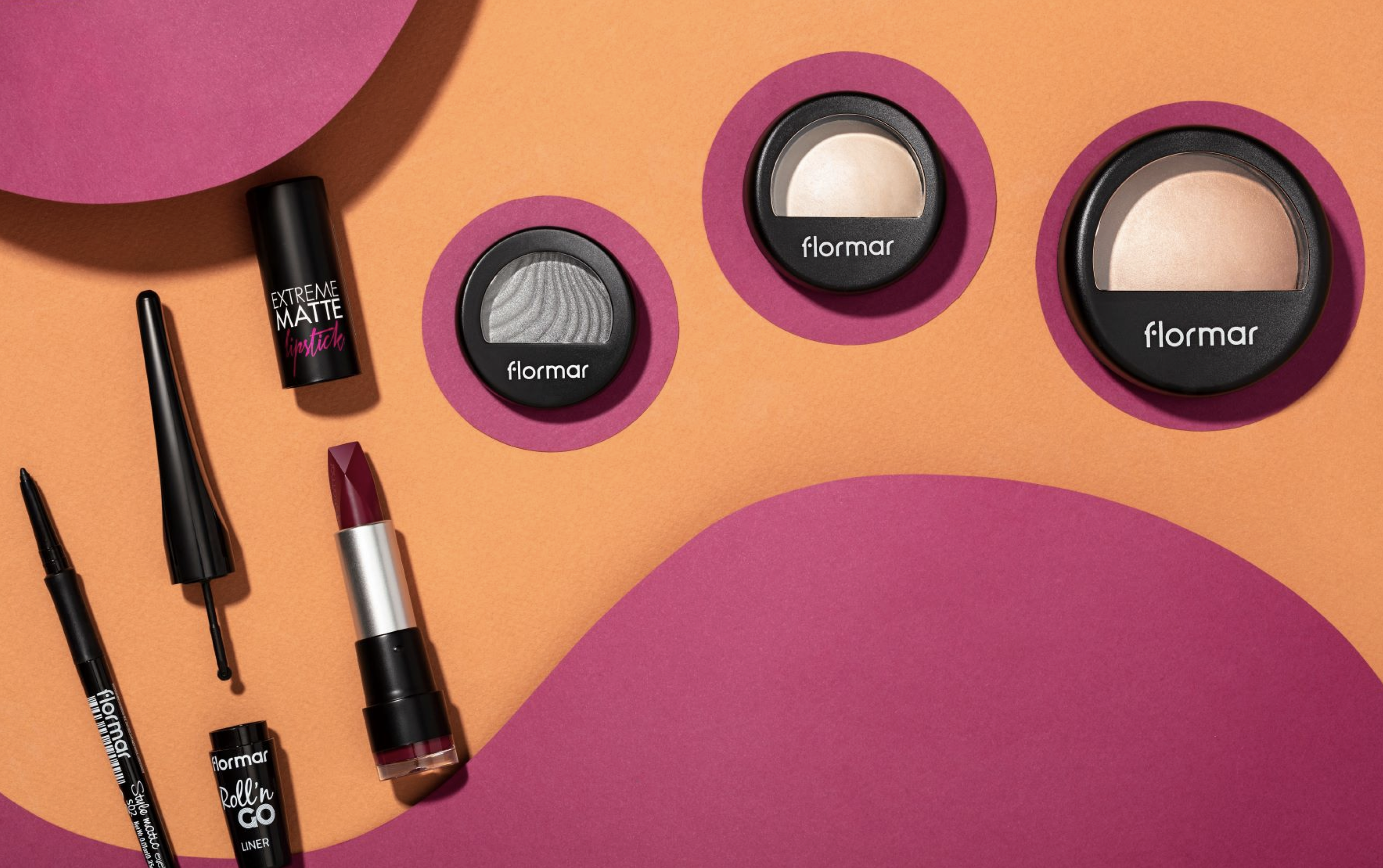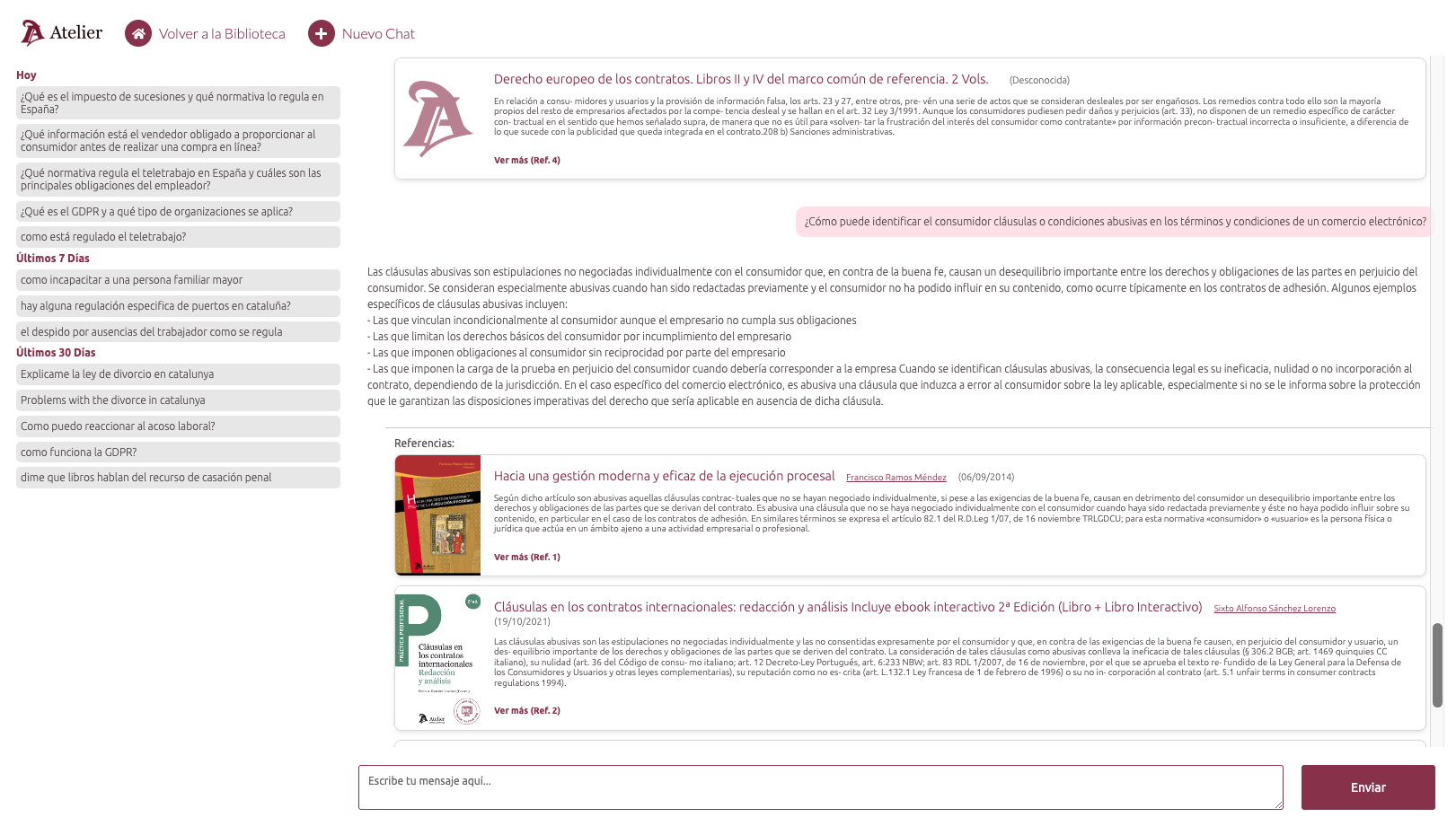In the world of marketing, customer loyalty is a key piece for the sustainable growth of any business. In this post, we will reveal effective tricks to design a Loyalty Club that boosts Customer Lifetime Value and transforms your customers' experience with highly relevant messages.
Create a profitable loyalty club with the best predictive marketing techniques.
Turn every interaction into a growth opportunity and deliver personalized messages that captivate each of your customers. Are you worried about not fully leveraging your customers' value? Do you want to boost Customer Lifetime Value and create lasting connections with your brand?
In this post, we will show you how to take the leap toward a profitable customer loyalty club. Get ready to revolutionize your CRM strategy!
Learn to define and realize a profitable customer loyalty club in five steps starting from the basics
To design a customer club strategy, we will follow five steps that allow us to understand the initial situation and define where we want to take it. Before proceeding, we must be clear that having a customer card is not an indispensable requirement for having a loyalty club.
The main objective of any predictive marketing strategy is to increase Customer Lifetime Value, and a loyalty club is a perfect tool for its execution.
See the results of a loyalty club that leverages customer data to offer hyper-personalized experiences to its customers:
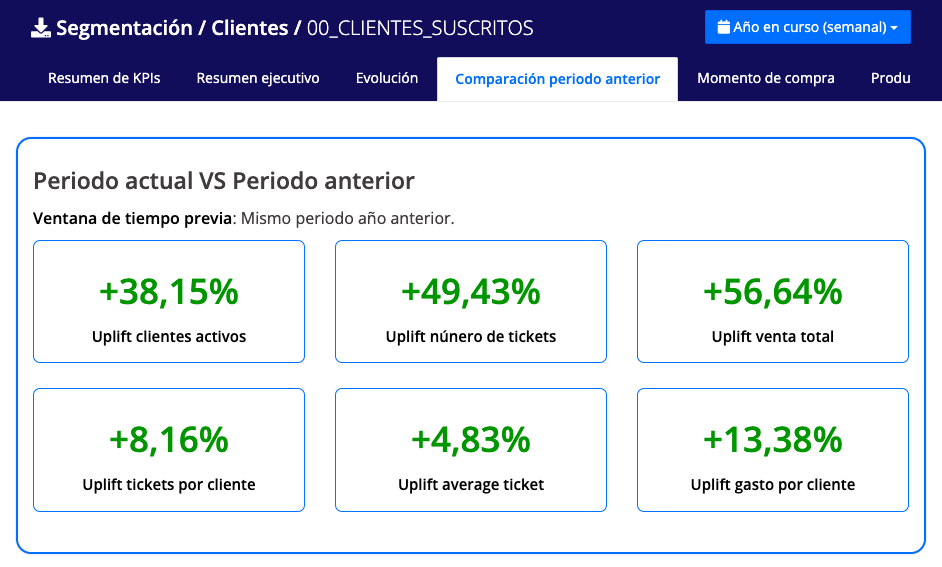
The first three steps of the method for creating a profitable customer club help us build the starting situation, while the following two define the loyalty model we will implement. Defining the loyalty strategy well will allow us to better segment (cluster) our customers in the future and more accurately personalize communications.
Based on our experience, we recommend following these steps:
- Define the competitive position to understand the current situation of the company in the market.
- The objectives of the strategic plan allow us to understand the company's level of customer orientation.
- Customer data allows us to understand the relationship that customers have with our company.
- The basic value proposition of the club is what the customer should perceive for being a member.
- The architecture of the club defines what we need to implement to convey the benefits to the customer and increase CLV.
In the following sections, we will detail how to implement personalization strategies based on the customer lifecycle, their purchase preferences, and consumption habits to create a profitable loyalty club with a lasting relationship with each customer.
Increase Customer Lifetime Value with personalized communications.
One of the keys to increasing Customer Lifetime Value is to provide exceptional value to your customers through highly relevant communications.
When customers feel emotionally connected to your brand, they are more likely to purchase again. At Pleasepoint, we understand the importance of building strong and lasting relationships with your customers. That’s why our predictive marketing platform uses an advanced neural network to segment and personalize your communications at scale.
To increase Customer Lifetime Value, we must offer real value to our customers.
The key lies in creating meaningful and relevant interactions that establish an emotional connection with your brand. It's time to segment your customers with purchase predictions and personalize your digital marketing at scale, providing messages tailored to their unique needs.
The Customer Lifetime Value-based segmentation module allows you to classify customers according to their loyalty status. Now, you can automatically identify VIP customers, those who are becoming loyal, and those who are entering risk or hibernation stages.
Pleasepoint automatically classifies customers into different segments so you can create personalized experiences according to each customer's lifecycle.
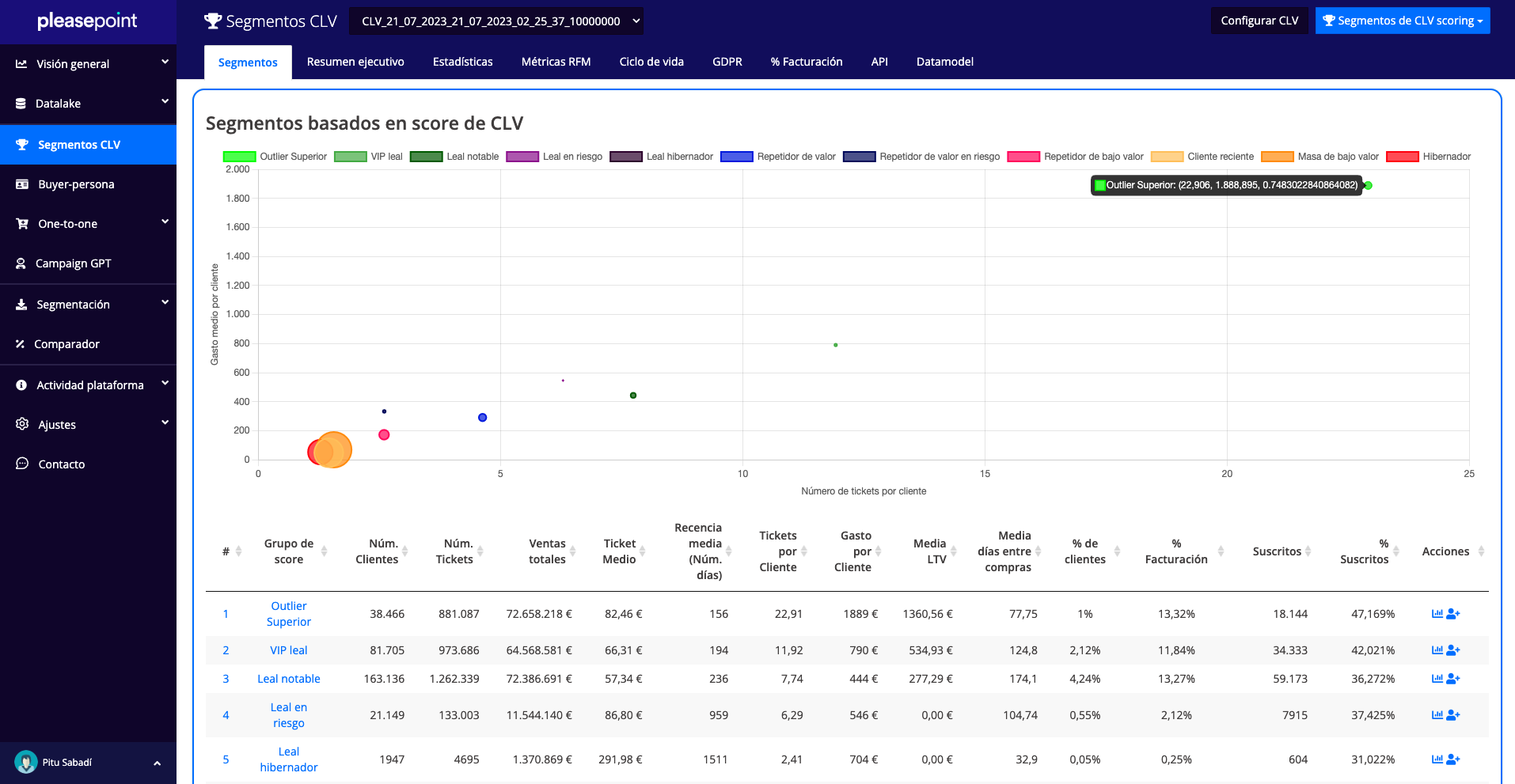
Thanks to this customer classification, you will know at all times the degree of loyalty of each one and how to act in each communication or journey.
Here are some examples of the use cases for Customer Lifetime Value-based customer segmentation:
- Promotion and discount segmentation according to loyalty level.
- Customer journeys for reactivating at-risk or inactive customers.
- Customer journeys to improve purchase frequency for customers in the loyalty process.
- Cross-selling and upselling actions to enhance the performance of loyal customers.
Move away from generalized treatment and understand each customer's moment with your brand.
The power of hyper-personalization.
To create a strong relationship with your customers, you must understand what it means for your business and why your customers would want to emotionally connect with your brand.
Our platform helps you collect and analyze customer data to understand and predict their behavior, allowing you to offer a personalized and relevant experience in every interaction. Knowing your customers and understanding their customer journey is essential for building a strong relationship.
Focus your communications based on their preferences and consumption habits to create loyalty strategies tailored to each stage. Impress them from the first contact and make them feel part of something special.
The purchase propensity classification module helps identify preferences, consumption habits, price sensitivity, and promotion usage.
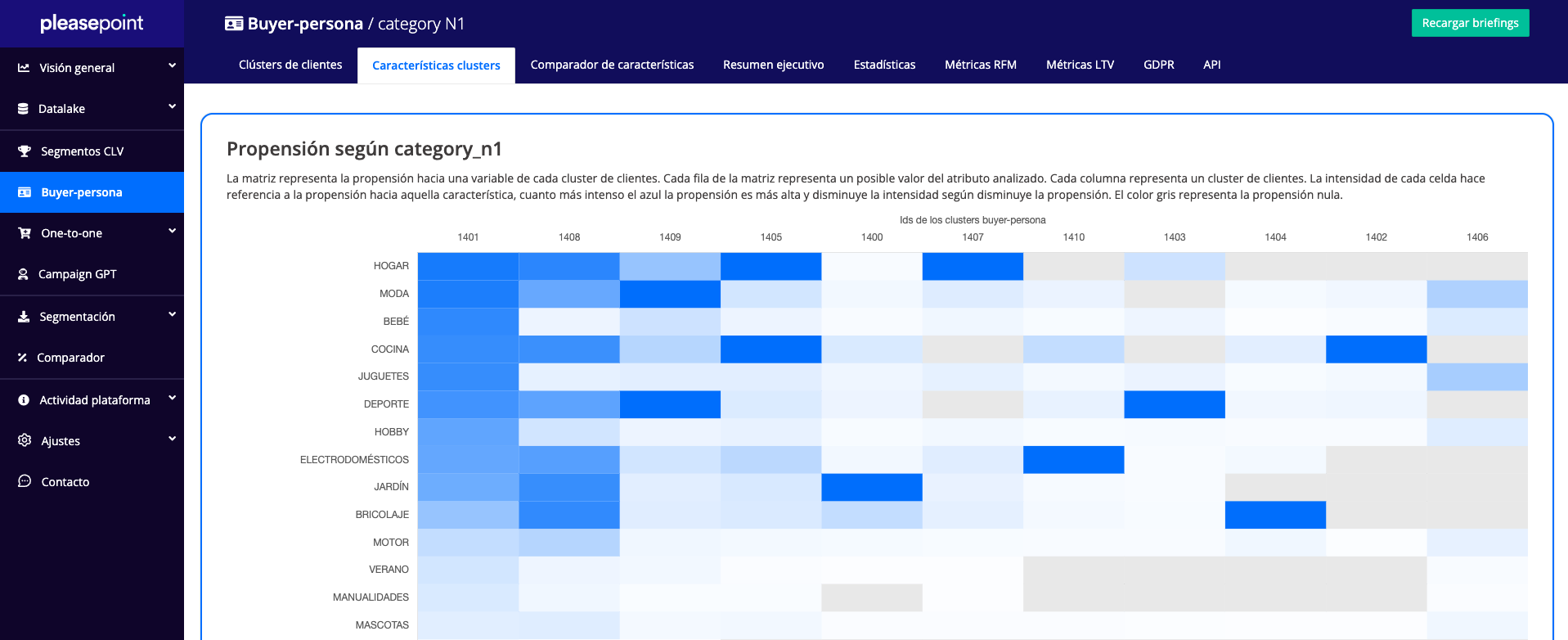
In this example, you can see different groups of customers who share affinity for the same product categories. For the graph, each column represents a customer cluster, and each row represents a product category. The intensity of each cell identifies a higher purchase propensity towards that product category by those customers.
Here are some examples of the use cases for purchase propensity using the Buyer-Persona module:
- Personalization of newsletters based on product preferences.
- Cross-selling actions to increase the number of categories each customer purchases from.
- Upselling actions in the favorite categories of each customer.
- Promotion segmentation based on each customer's propensity for using promotions.
The era of mass communications is over. Personalization is a necessity to offer each customer what best suits them.
Deliver the First Wow! with one-to-one personalization.
Imagine offering each customer highly relevant product recommendations in your CRM communications. With Pleasepoint, this is possible. Our predictive marketing platform uses a reinforced learning-enhanced neural network to analyze and understand your customers' purchasing behaviors. This allows us to offer personalized and accurate recommendations, tailored to each individual's interests and preferences.
Say goodbye to generic communications and welcome hyper-personalization! With our one-to-one recommendations, your messages will resonate with your customers meaningfully, increasing engagement and retention.
When it comes to navigating eCommerce, real-time personalization makes all the difference.
With the one-to-one recommendation, you can take your customers' shopping experience to a completely new level. Our platform integrates seamlessly with your eCommerce site, allowing real-time personalized product recommendations for each customer.
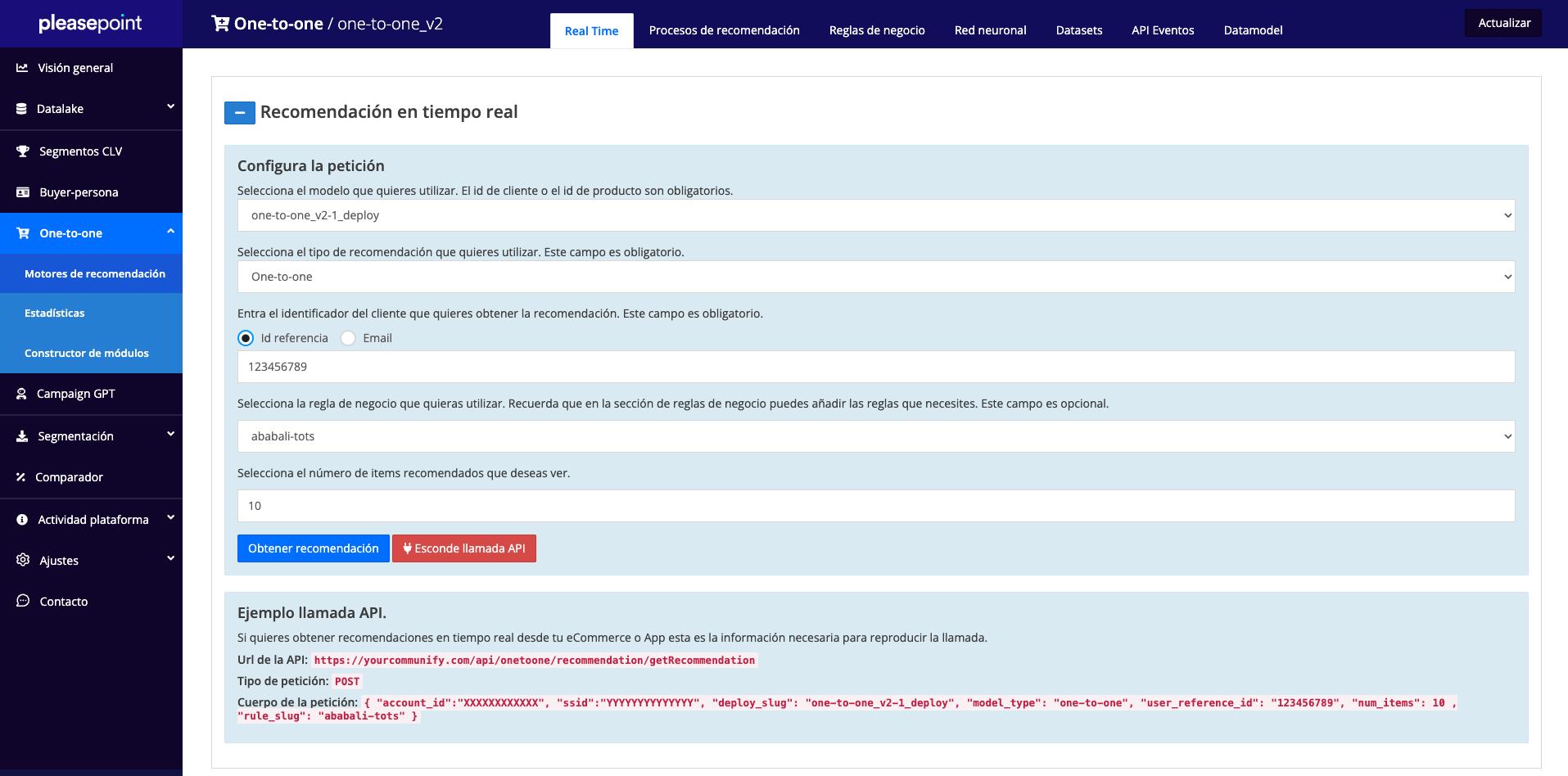
You can access the one-to-one recommendation in the way that best suits your needs:
- By calling the API from the Pleasepoint one-to-one module.
- Accessing it with the JS SDK from the Pleasepoint one-to-one module.
- Using the HTML widget to access the one-to-one recommendations.
- Obtaining a file with the desired one-to-one recommendation.
Whether the user is browsing a specific category or adding items to the cart, our one-to-one recommendations will adapt to their actions and preferences. This not only increases the chances of conversion but also creates a unique and rewarding shopping experience for each customer.
Here are some examples of real-time one-to-one recommendation use cases for eCommerce:
- One-to-one recommendation blocks for promotions or featured products on the homepage.
- One-to-one recommendation blocks on product category pages.
- One-to-one product sorting on any page with product listings.
- One-to-one recommendation blocks on product pages.
- One-to-one recommendation blocks on shopping cart pages.
- Landing pages with one-to-one product recommendations.
And here are some use cases for your CRM strategy:
- One-to-one product selection for general newsletters.
- One-to-one personalization in customer journeys.
- Product restocking actions.
- Hyper-personalization of featured products each season.
- One-to-one recommendation for promotional items.
Personalize your messages, offers, and product recommendations for each customer, providing them with an exceptional experience in every interaction.
Customer loyalty is key to growth.
Predictive marketing is the perfect ally for growing the Customer Lifetime Value of your existing and new customers. Discover how to identify the best communication channels, personalize your campaigns, and maximize conversion with Big Data and Artificial Intelligence.
As you’ve seen, there are many ways to improve your customers' loyalty:
- Customer journeys to incentivize repeat purchases.
- Personalized communications based on their tastes and preferences.
- One-to-one product selection for each customer.
- Discounts adapted to each customer's price sensitivity.
Thanks to the tools provided by Pleasepoint, you can automate real-time one-to-one personalization in eCommerce and CRM actions.
Additionally, with the Campaign GPT module, Pleasepoint helps you plan actions and customer journeys, hyper-personalizing actions based on the customer lifecycle and purchase propensity of each customer.
Remember that Campaign GPT allows you to exploit insights into consumption patterns and propose the best personalized actions for each of your customers. Just fill out this form:
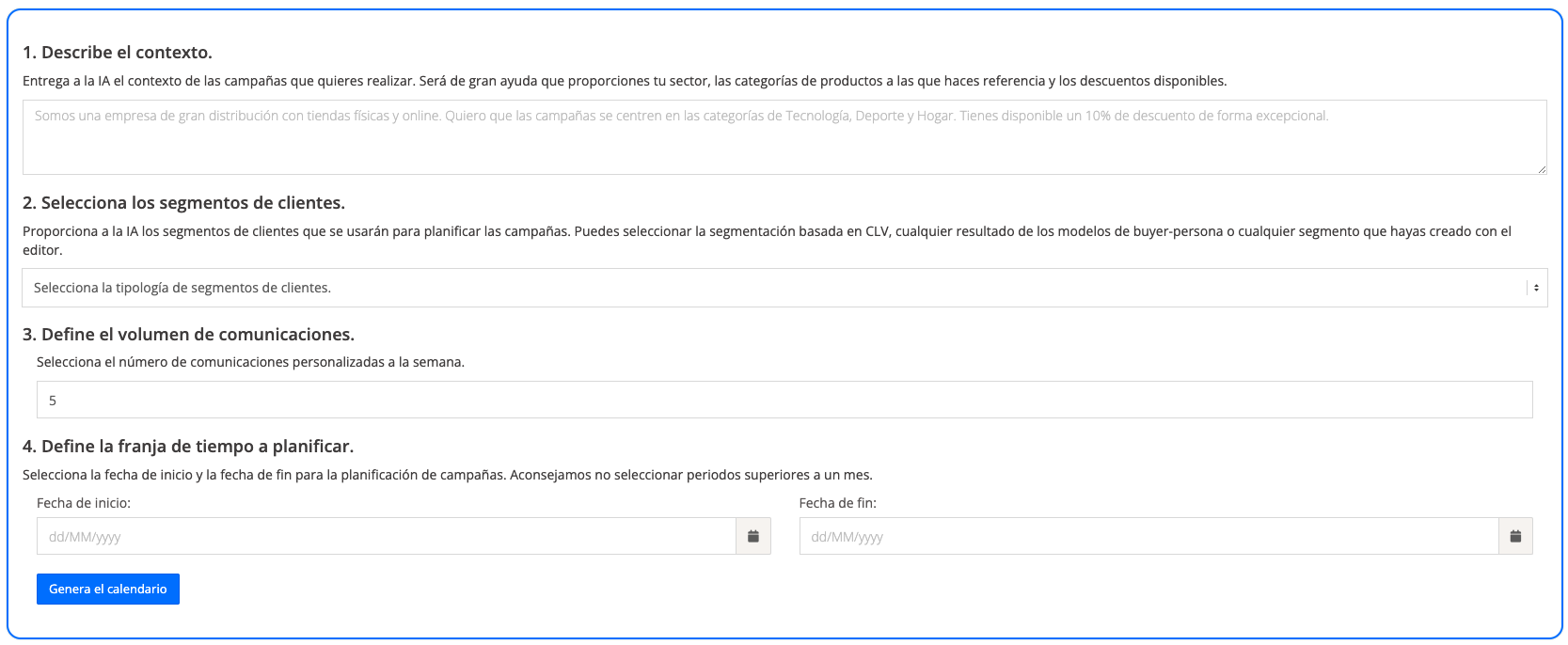
These are the fields you need to define:
- Context of the actions to be planned.
- Selection of the segment groups to plan (segmentation by CLV, purchase propensity, etc.).
- Definition of the total weekly impact volume.
- Time range to plan.
From there, Campaign GPT does the rest. Here’s a complete example of campaign planning based on Customer Lifetime Value segmentation.
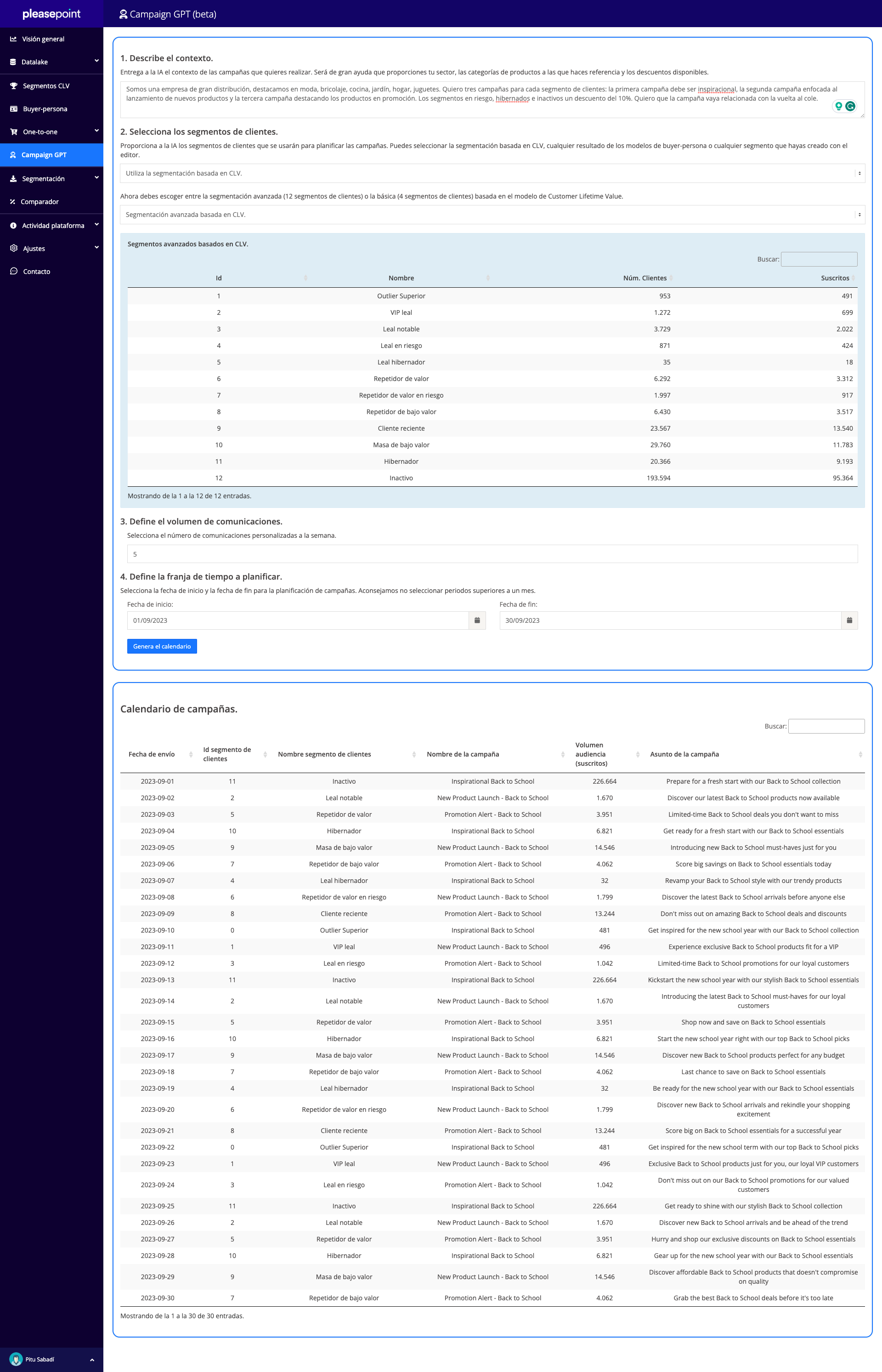
This was the prompt used: We are a large retail company specializing in fashion, DIY, kitchen, garden, home, and toys. I want three campaigns for each customer segment: the first campaign should be inspirational, the second focused on new product launches, and the third highlighting promotional products. The risk, hibernation, and inactive segments get a 10% discount. I want the campaign to be related to back-to-school.
Invest in acquisition, retention or loyalty, and customer reactivation
On average, repeat customers spend 83% more and purchase 60% more often. It is critical to work on customer loyalty and convert first-time buyers into repeat customers as soon as possible.
Often, marketers only think about acquiring new customers, but most of the time, we can achieve the desired growth more profitably by focusing on existing customer loyalty.
When considering how to allocate marketing budget and efforts, remember that you need to invest separately in acquisition, loyalty, and reactivation. Retaining and building loyalty with an existing customer requires more effort but is much more cost-effective in terms of cost. Predictive Marketing is the perfect ally for working on customer loyalty, making it easier to create communications based on each customer’s interests and purchase propensity.
Your acquisition strategy must take into account the Customer Lifetime Value of customers. To establish the investment budget for acquiring new customers, we need to know the time required to recover the acquisition cost and the product sequence from the portfolio that can be purchased. Often, it’s better to approach acquisition with a lower-margin product and move on to higher-margin products in subsequent purchases.
Identify the best channels to communicate with each customer. There are many channels to engage with existing customers beyond advertising. Email is still an ideal channel for building a long-term relationship with a customer in a profitable way. The biggest challenge when working with different communication channels in customer acquisition or loyalty is attributing the purchase to a marketing action.
Thanks to the use of Big Data and Artificial Intelligence, as marketers, we can leverage customer data to create personalized campaigns that multiply conversion and grow Customer Lifetime Value day by day. In the Artificial Intelligence Marketing Course, we teach you how to define and execute a loyalty strategy based on Predictive Marketing.
Download our free eBook and learn how to execute a loyalty strategy based on each customer's status and preferences. It has never been easier to start hyper-personalizing and increasing the performance of your marketing actions.
